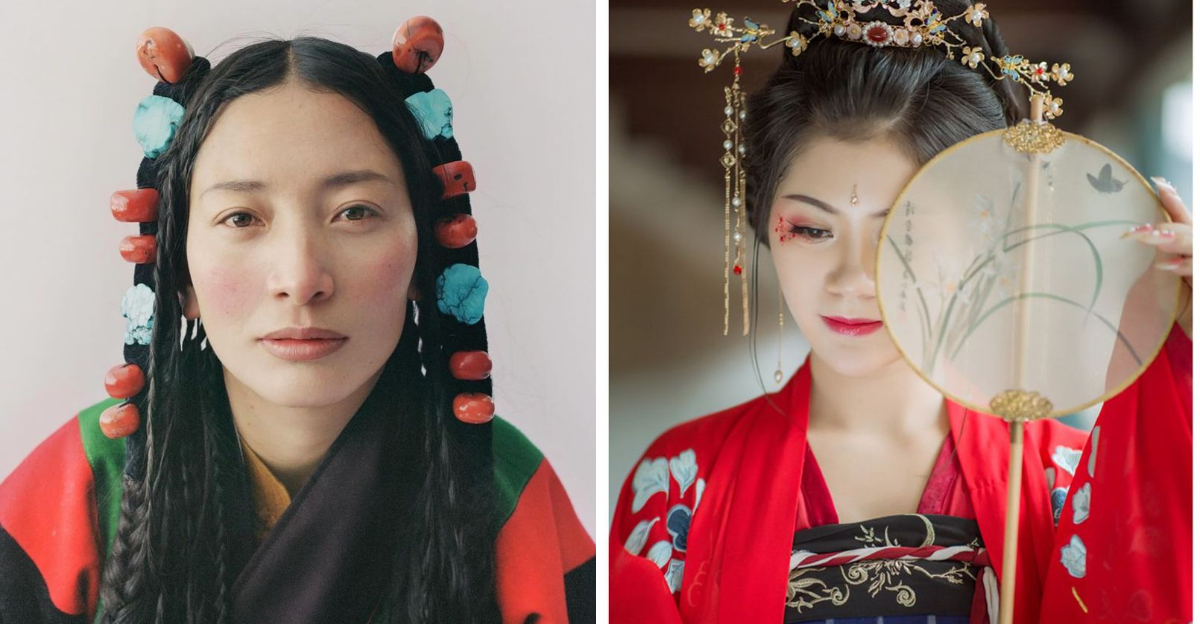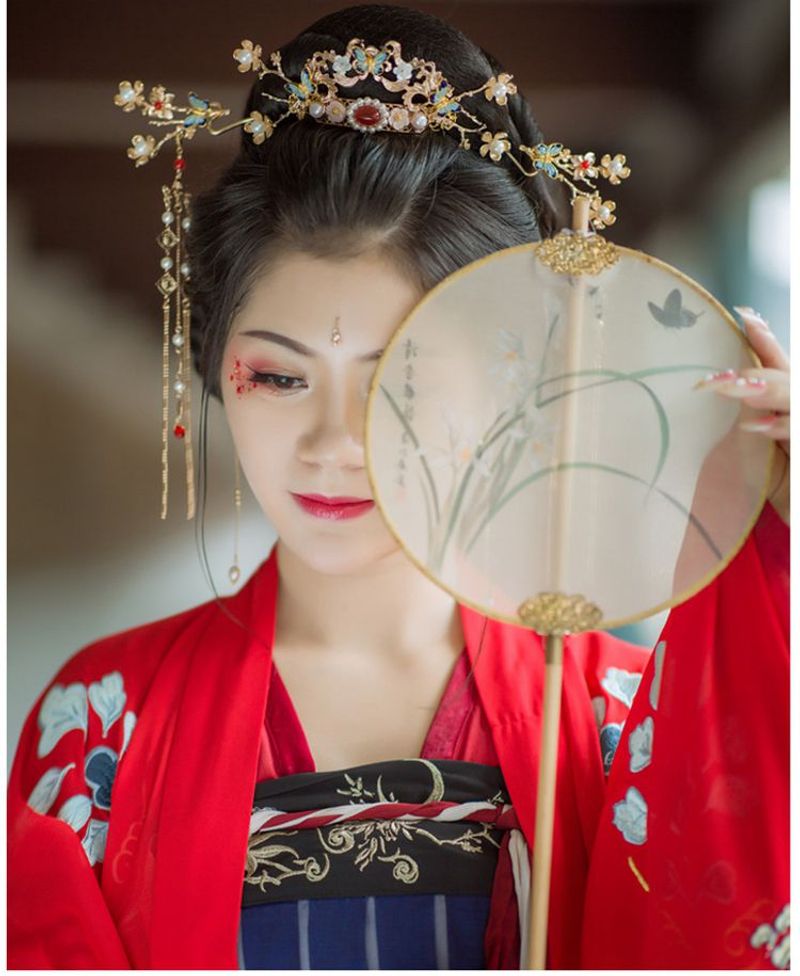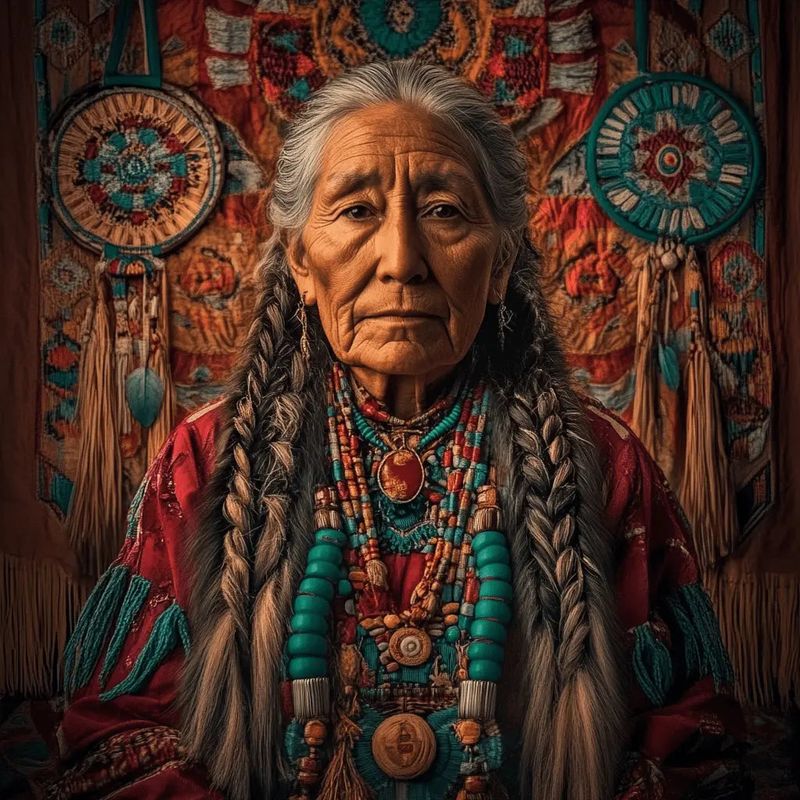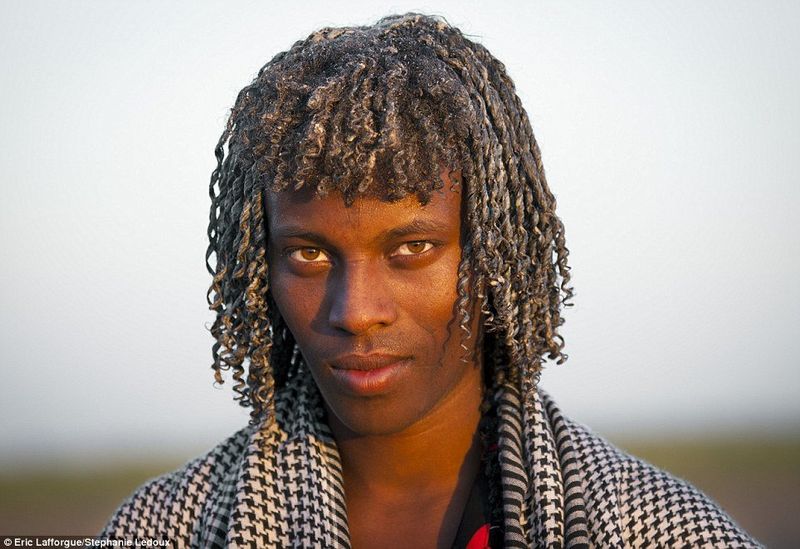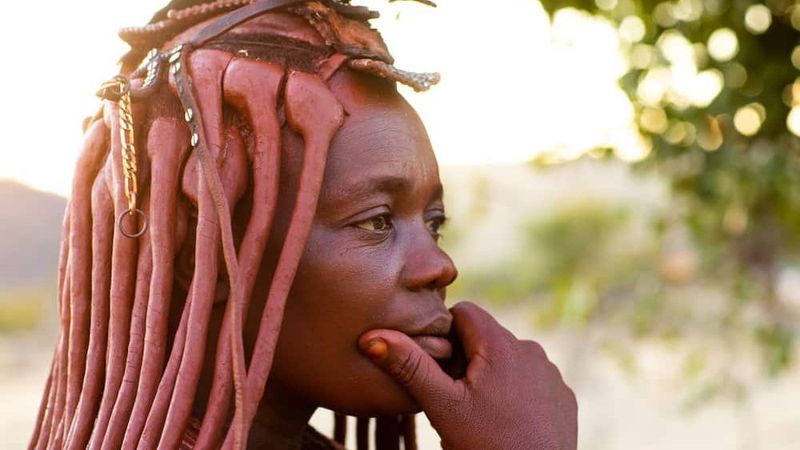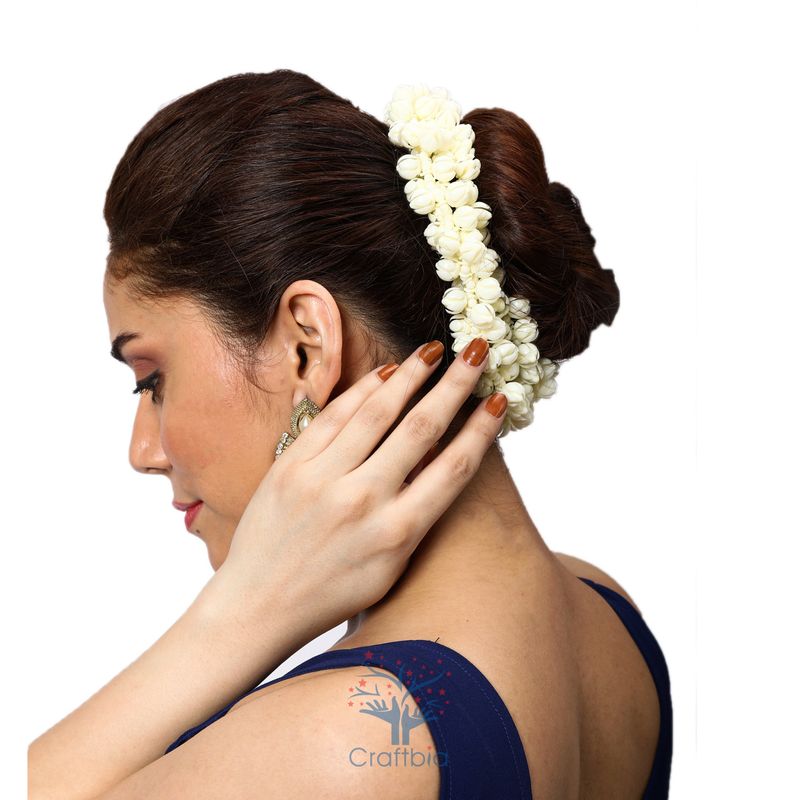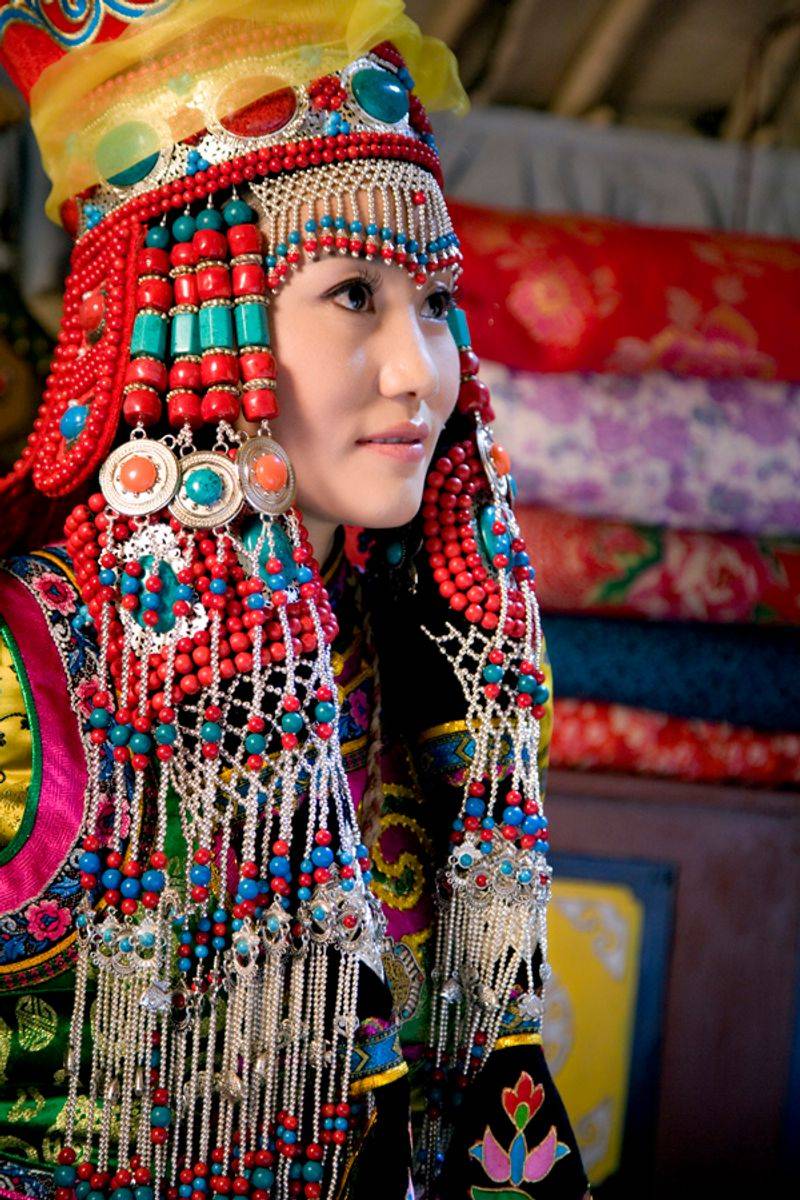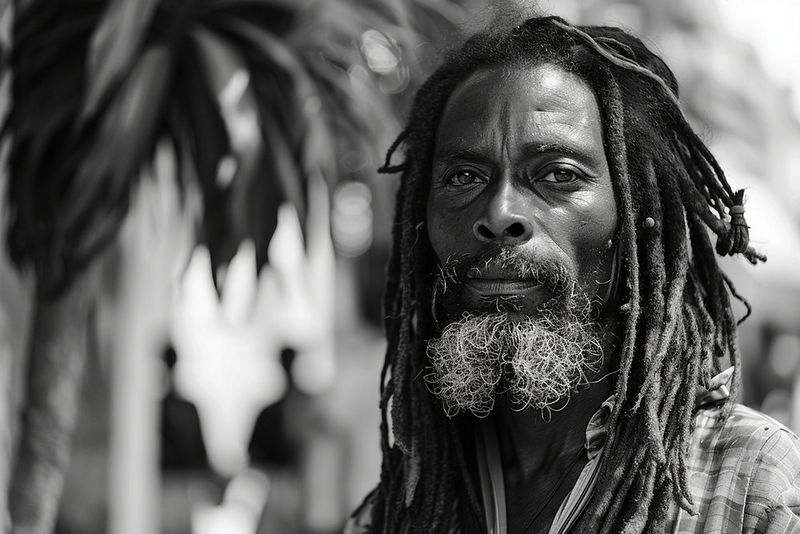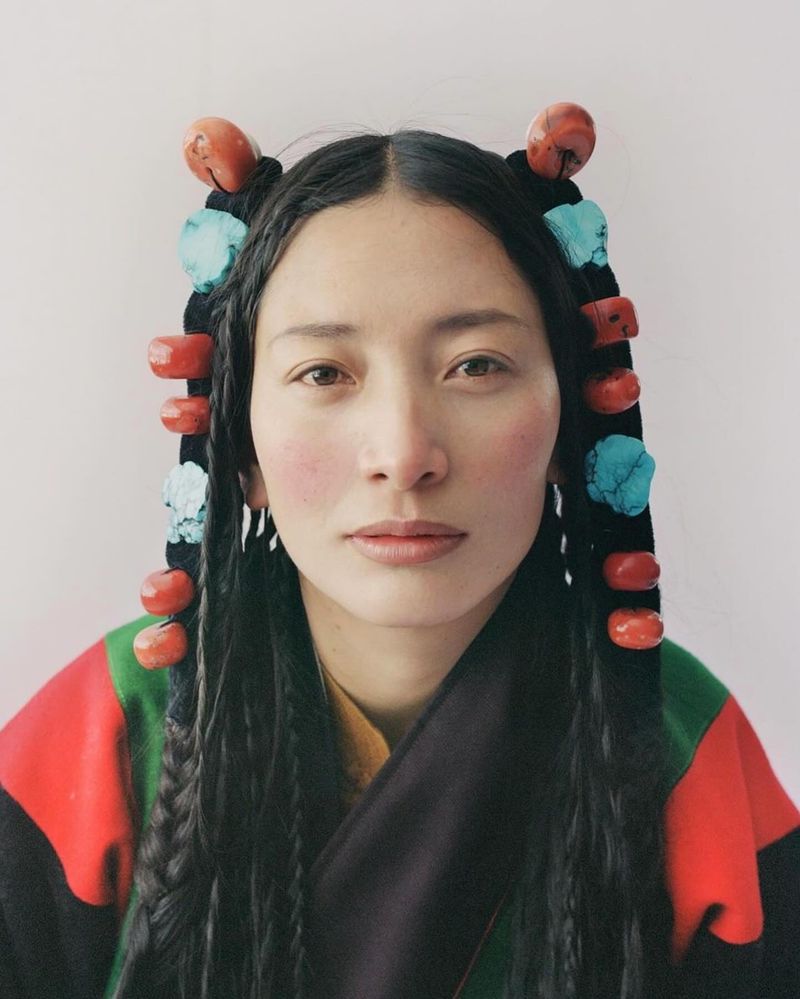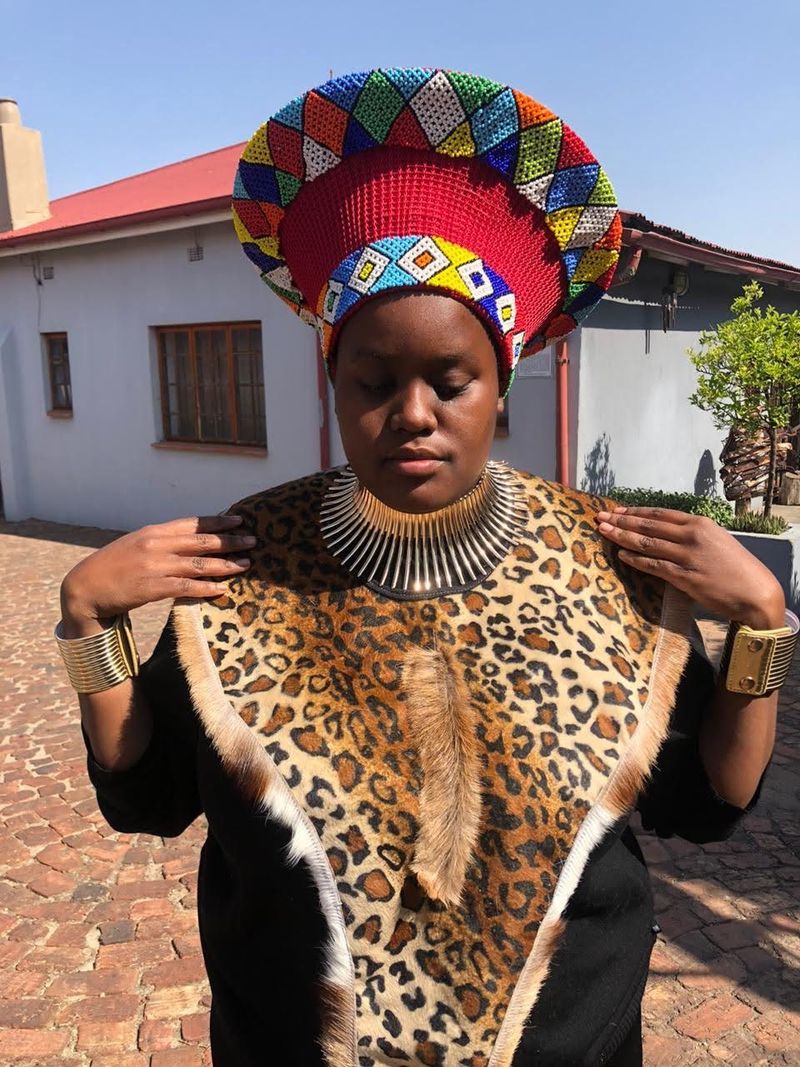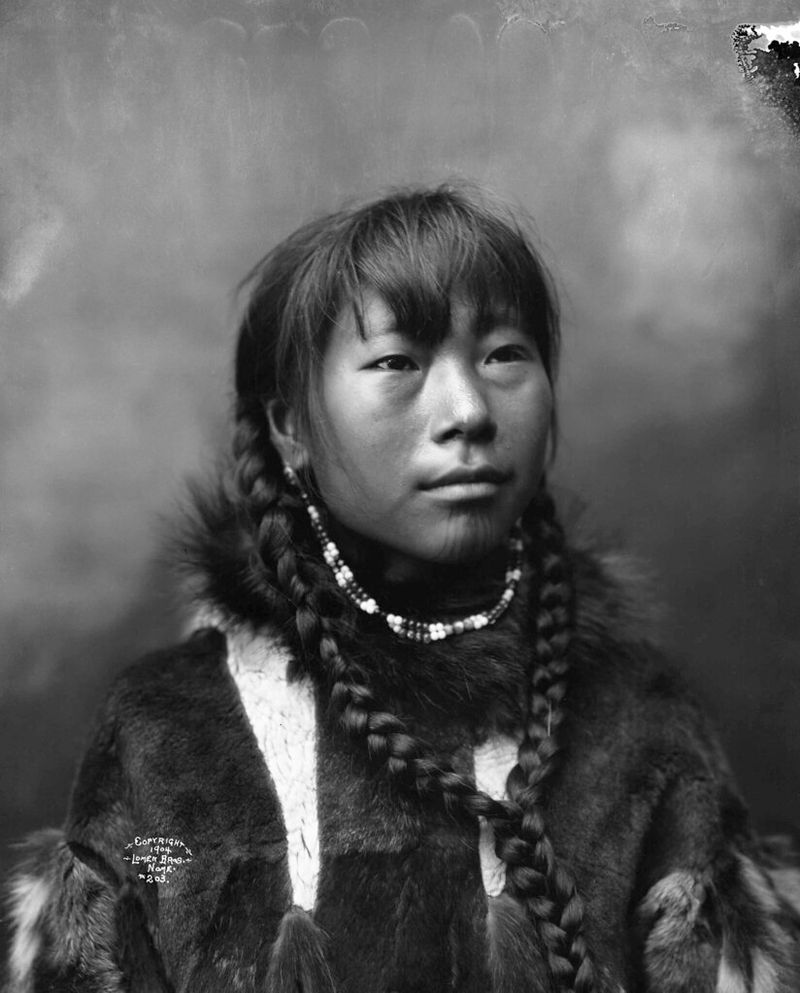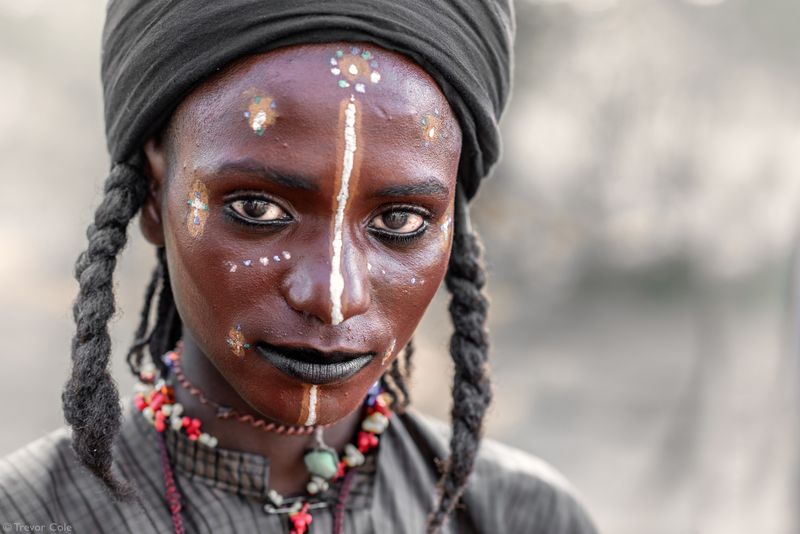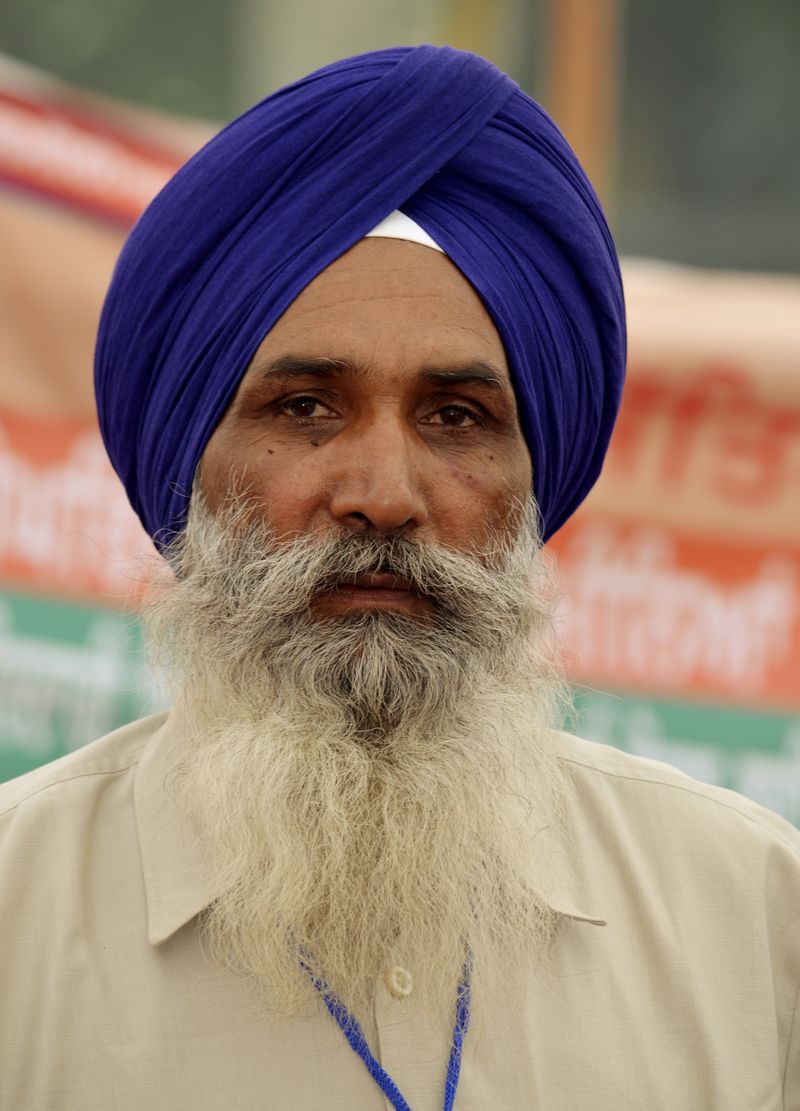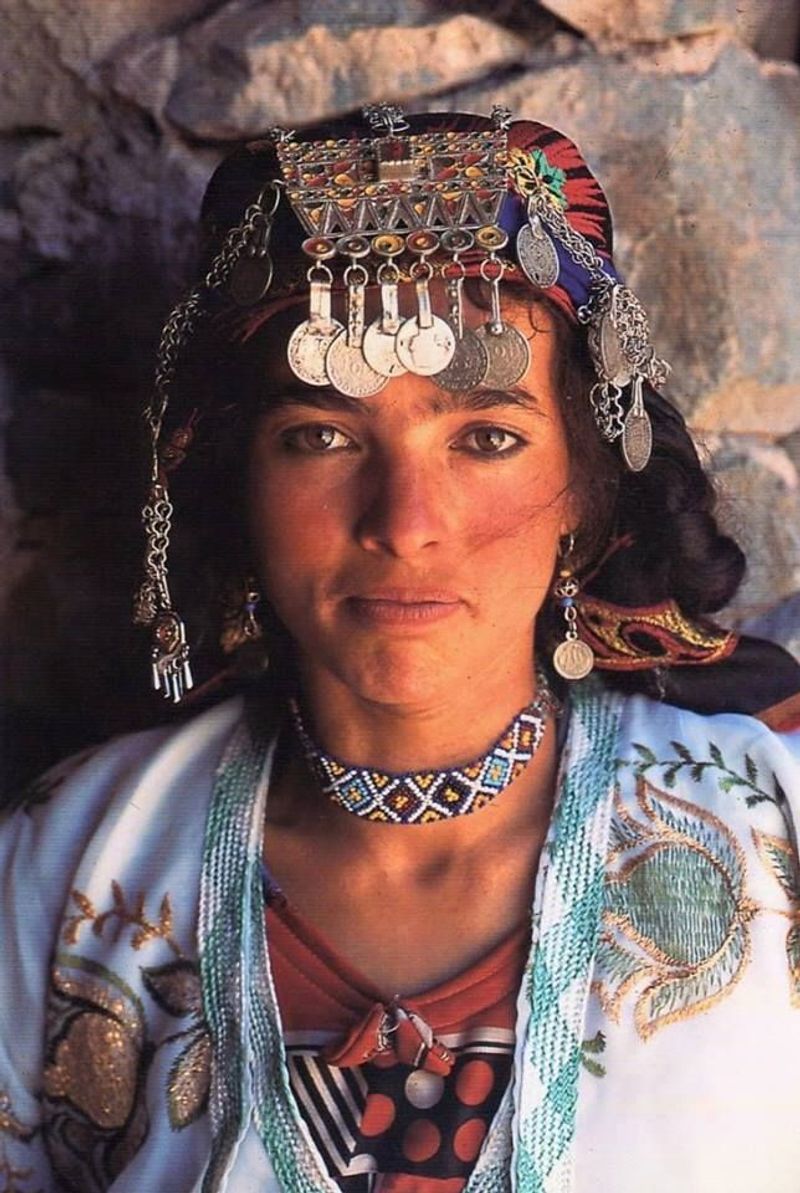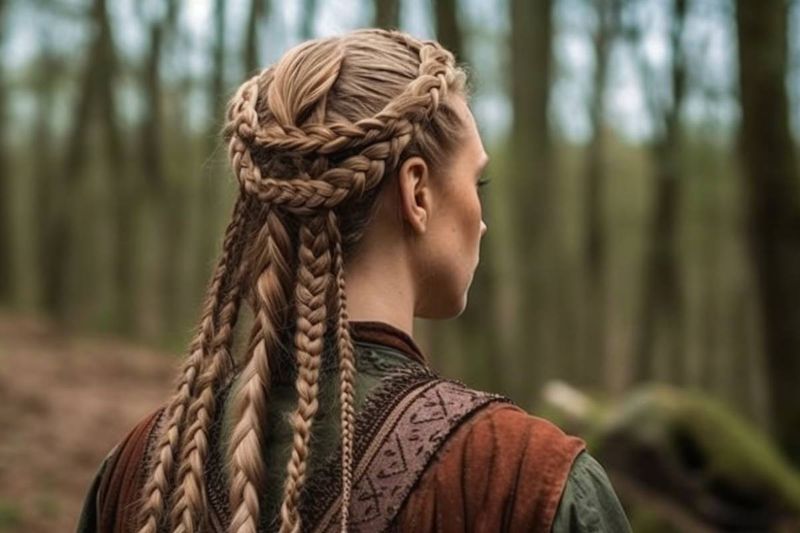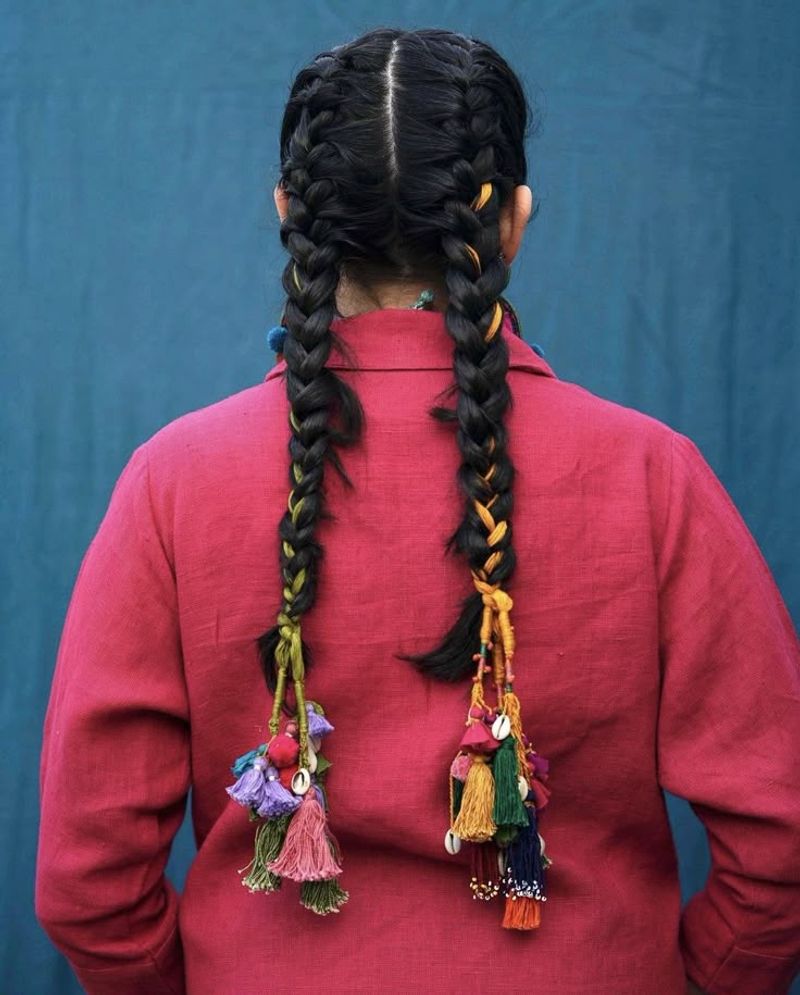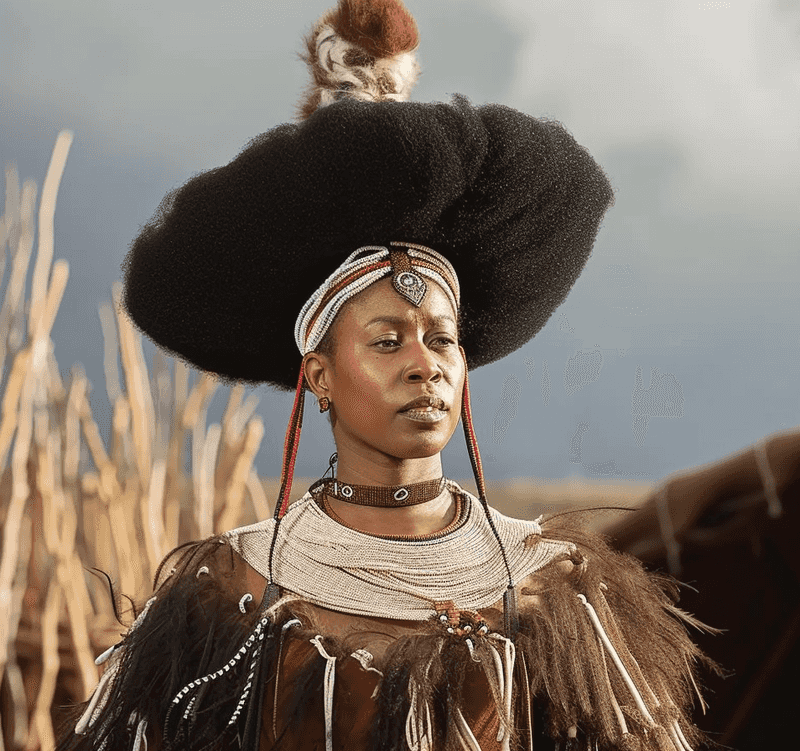Hair isn’t just about looking good – it tells stories of culture, history, and identity. Around the world, traditional hairstyles have deep meanings, often signaling age, marital status, or social position. These hairstyles showcase how different cultures express themselves through the art of hair styling, with techniques passed down through generations.
1. Japanese Geisha Shimada
Crafted with wax and decorative combs, the shimada updo takes hours to perfect. Apprentice geishas wear simpler versions, while fully-trained geishas display more elaborate styles adorned with ornate kanzashi hairpins.
2. Native American Two-Spirit Braids
Two-Spirit individuals in many Native American tribes wore their hair in distinctive styles that honored their unique spiritual identity. Often combining elements of both men’s and women’s traditional braiding techniques.
Related: -Thinking About Box Braids? Here Are 17 Things You Should Know
3. Ethiopian Butter Braids
Women of the Hamer tribe in Ethiopia create elaborate braids coated with ochre clay and butter. The reddish hue comes from mixing butter with ochre pigment, while the fat nourishes hair in the arid climate.
4. Himba Red Clay Crown
Namibia’s Himba women create their signature red-tinged locks using otjize paste—a mixture of butterfat and ochre. The style doubles as sun protection while signaling a woman’s age and social status.
5. Thai Chignon Mala
Traditional Thai dancers wear the distinctive mala—a tight chignon adorned with jasmine garlands and golden ornaments. The style’s precise placement balances the elaborate headdresses worn during classical performances.
6. Mongolian Warrior Braids
Genghis Khan’s warriors wore their hair in practical braids topped with fur-lined hats. These styles kept hair out of their faces during mounted archery while protecting against extreme steppe temperatures.
7. Rastafarian Dreadlocks
Rastafarian dreadlocks represent a spiritual connection to Jah (God) and rejection of Babylon (oppressive society). The free-flowing locks honor the biblical Nazarite vow to never cut one’s hair.
8. Tibetan Nomad Braids
Tibetan nomadic women weave their hair into 108 thin braids—a sacred Buddhist number. These practical plaits keep hair manageable at high altitudes while colorful threads and coral beads add personal flair.
9. Ndebele Married Women’s Topknot
South Africa’s Ndebele women signal their married status with an isicholo—a distinctive flat-topped hair ring. Created from grass, sinew, and the woman’s own hair, these architectural styles tower up to 20 inches high.
10. Inuit Braided Crown
Traditional Inuit women wore their hair in a braided topknot called tajurausiq. This practical style kept hair away from the face during hunting and fishing, while indicating a woman’s marital status.
11. Wodaabe Fulani Braids
Niger’s Wodaabe men create elaborate braided styles for the Gerewol festival—a male beauty contest. These intricate braids frame the face to emphasize white teeth and eyes during courtship dances.
12. Sikh Joora Bun
Sikh men and women maintain uncut hair (kesh) as a religious obligation, styled into a joora—a neat top-knot covered with a turban. This sacred practice honors the natural form given by the divine.
13. Moroccan Berber Braids
Berber women of Morocco’s Atlas Mountains create intricate braided styles adorned with silver coins and amber beads. Different tribal regions have signature patterns that tell stories of ancestral lineage.
14. Viking Shield-Maiden Braids
Archaeological evidence suggests Viking women wore elaborate braided styles that kept hair practical for battle. Recent findings indicate shield-maidens combined shaved sections with intricate knots signifying their warrior status.
15. Peruvian Quechua Braids
Indigenous Quechua women of Peru weave their long hair into twin braids called sipas. Colorful woven bands called cintas are intertwined to indicate the wearer’s community, marital status, and personal style.
16. Zulu Married Woman’s Topknot
Traditional Zulu brides create an isicholo—a circular hair sculpture—to signal their new marital status. Red ochre clay is applied to this beehive-like structure, which can take hours to construct for special ceremonies.

